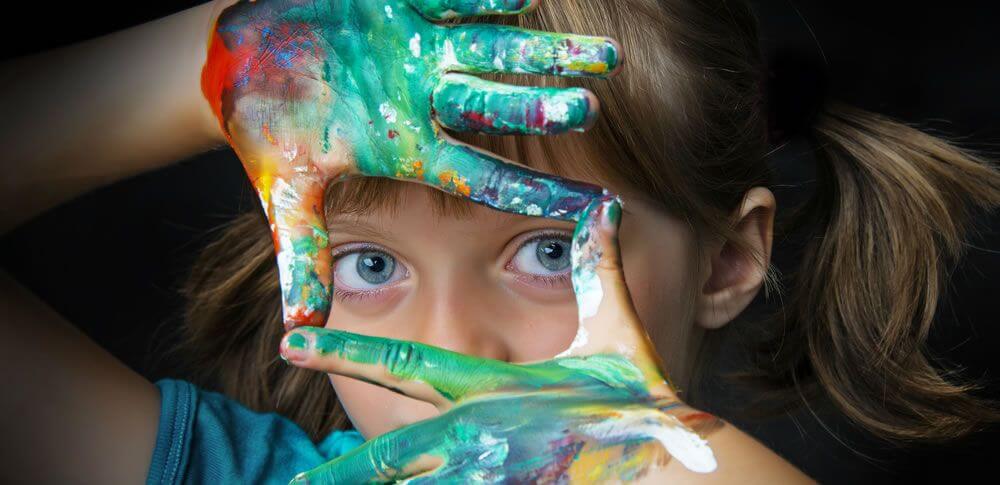Exploring Reggio Emilia
Published on Monday, 01 May 2017
Last updated on Thursday, 03 January 2019

An educational philosophy focused on preschool and primary education
The Reggio Emilia approach was started by Loris Malaguzzi and parents in the villages around Reggio Emilia in Italy following the devastating effects of World War II.
After the war, parents and educators sought a new approach to teaching their children based on the idea that a child's early years of development have a significant impact on who they become in later life.
With this as their foundation they created a program built on the principles of respect, responsibility, and community through exploration and discovery in a supportive and enriching environment based on the interests of the children through a self-guided curriculum.
The Reggio Emilia approach has been widely adopted across the globe and is based on these key principles:
- Children must have some control over the direction of their learning
- Children must be able to learn through the experiences of touching, moving, listening, seeing and hearing
- Children have a relationship with other children and with material items in the world that they must be allowed to explore; and
- Children must have endless ways and opportunities to express themselves.
The Reggio Emilia approach to teaching young children puts the natural development of children as well as the close relationships that they share with their environment at the centre of its philosophy.
Early childhood programs that have successfully adapted to this educational philosophy share that they are attracted to Reggio Emilia because of the way it views and respects the child.
Parents are a vital component to the Reggio Emilia philosophy. Parents are viewed as partners, collaborators and advocates for their children. Teachers respect parents as each child's first teacher and involve parents in every aspect of the curriculum. It is not uncommon to see parents volunteering within Reggio Emilia classrooms throughout the school. This philosophy does not end when the child leaves the classroom. Most parents who choose to send their children to a Reggio Emilia program incorporate many of the principles within their parenting and home life. Even with this bridge between school and home, many people wonder what happens to Reggio Emilia children when they make the transition from this style of education to a non Reggio Emilia school. The answer is that there is some adjustment that must take place. In most school environments, intellectual curiosity is rewarded, so students continue to reap the benefits of Reggio Emilia after they've left the program.
For more information on the Reggio Emilia approach visit:
Reggio Emilia Aotearoa New Zealand
The New York Times: 'The Reggio Emilia approach at work at Brick Church School'
Related Articles

Professor Fiona Stanley - children key to the future
Professor Fiona Stanley describes the social impact on the whole community of how well we raise our children and how children are the key to our future success.

A close look at the Montessori approach
An overview of the Montessori approach to early childhood education and care; one of the most popular and fastest growing educational philosophies in the world.

The Pikler approach to optimal early childhood development
Emmi Pikler's 7 key principles provide a framework for optimal child development in the early years.
